Best branded gifts for winter festivals and outdoor events in the UK

Picture the scene: wind sweeping through York’s Christmas Market, the scent of roasted chestnuts lingering on a scarf, fingertips stiff while juggling a coffee cup that cools too quickly.
Now imagine being handed a perfectly timed branded flask, still warm to the touch, with a company logo glinting faintly through the mist.
That small moment of comfort is where brand loyalty quietly begins.
Marketing textbooks rarely capture this – it is raw, human reciprocity. As Cicero once quipped, “Gratitude is not only the greatest of virtues, but the parent of all the others.” When a gift satisfies a real, physical need, it moves from object to memory. Psychologists refer to this as affective priming, though it is understood instinctively – kindness endures.
That is why thermally insulated flasks, pocket hand warmers, and chunky knitted scarves outlast flashy novelties. They solve problems, not just shout slogans. The British Promotional Merchandise Association found that practical comfort items are 70% more likely to be kept beyond three months than decorative ones.
- Prioritise haptic quality: choose heavier materials. A 250–400 GSM fleece retains warmth and weight, delivering the premium feel associated with a Barbour lining.
- Ensure usability under stress: Reinforce zippers with 5,000-10,000 mm PU waterproof coating; imagine it surviving a February downpour at Glastonbury.
- Emotional packaging: Kraft paper at 90-120 gsm feels artisanal, the way Folio Society wraps its editions – honest, tactile, unfussy.
The item that solves discomfort becomes the brand that stays remembered.
Ever wonder why some freebies feel instantly forgettable while others feel like small acts of kindness? Because once comfort enters the picture, functionality keeps the memory alive.
Functional branded gifts that people actually reuse
(Durable products increase brand exposure through daily use)
Nobody wants a logo ending up in landfill. Obsolescence by design is the silent saboteur of brand reputation. When a mug cracks within a week, it does more than fail – it tells a story, and not a positive one.
Durability offers a smarter strategy. Imagine someone reaching for a branded beanie each frosty morning – the logo becomes part of a routine rather than clutter on a shelf. That is episodic memory at work, and it cannot be bought through advertising alone.
Think tactically:
- Thermos flasks made from 18/8 stainless steel with 500-750 ml capacity and double-wall vacuum insulation keep drinks hot for 12 hours, cold for 24. A mug that loses heat in 30 minutes? That is betrayal by design.
- Beanies and scarves crafted with 10-12 stitches per inch, 70-80% acrylic, 20-30% wool blend – less fading, quicker drying, tougher for fieldwork.
- Power banks of 10,000-20,000 mAh, 2.1A output, CE/ROHS certified, with LED indicators – nothing kills goodwill faster than a dead phone.
Ask suppliers for ISO 2248 drop test and BS EN ISO 12947 wear-cycle certification. Think of it as the MOT for merchandise.
If an object earns a place in someone’s winter kit, it also earns the logo months of free exposure.
And once the gear becomes part of daily life, visibility – not durability – becomes the next frontier.
Branded umbrellas that build trust through protection
(Companies earn loyalty by offering reliable weather protection)
There’s a reason Mary Poppins didn’t carry a tote bag. The umbrella, quite literally, saves the day.
Picture the scene: November in Birmingham, with that sideways rain that makes every life choice feel questionable. The wind howls, spirits sink, and amid it all stands one person whose umbrella manages not to fold inside out like a cheap deckchair.
That person? Absolute hero.
And if that umbrella carries a company logo, the brand becomes a badge of trust – the one thing that held firm when everything else gave way.
Choose engineering over aesthetics first:
- 210T double-layer polyester canopy resists 60 mph gusts.
- Fibreglass ribs (5 mm) flex, never snap – think of it as the suspension system of the reputation.
- EVA handles (3.5-4 cm) feel solid even in gloves, while automatic mechanisms with 1.2 mm metal shaft springs add elegance through ease.
And hey, little trick – add a second logo inside the canopy. Use UV-printing. It’s subtle, feels premium, and that print lasts through 1,000 open/close cycles. That’s… a lot of rainy mornings.
Umbrellas are what behavioural economists – the kind who read Kahneman for enjoyment – describe as “gratitude multipliers.” Each time one is borrowed, or inevitably not returned, its reach expands. In a city that sees rain on 133 days a year, that amounts to serious exposure, both literal and figurative.
Protection turns into gratitude, and gratitude? That turns into advocacy. Word of mouth in wet shoes.
Best provider? The Steel City Branded Umbrellas are exceptional, and they’re a great UK supplier who’ve been a member of the BPMA for over 40 years
Visual branding that stands out in low winter light
(Colour contrast design improves visibility and brand recall in dim conditions)
Let’s be honest: Britain’s winter light is unkind to marketers.
Between the 3pm fog and the orange glow of streetlamps, subtle branding can disappear like a whisper in the drizzle.
How can visibility be maintained once the sun clocks off early?
This is where design meets atmospheric physics.
- A ΔE (Delta E) difference above 20 ensures legibility in low light. In other words, a screen cannot be relied upon – prototypes should always be tested outdoors.
- Polyester scatters light; brushed cotton swallows it. A navy logo on grey fleece looks sharp in daylight but dies under halogen.
- Smart merchandisers use reflective embroidery thread (Scotchlite 5500) or heat-transfer vinyl (ANSI/ISEA 107 Class 2) to make logos glint under headlights.
- Add edge-glow silkscreen inks – photoluminescent pigments glowing faintly for 60 minutes post-light exposure.
It’s a secret weapon for night markets or late-night deliveries.
Metaphorically, a brand functions best like a lighthouse – steady, visible and reassuring through the fog. A matte finish below 10 gloss units keeps photographs crisp on social media, with no glare and no filter required.
They can also be used to boost employee moral in winter (source).
Visibility equals recognition, recognition equals trust.
Once the logo shines through the mist, the next emotional lever isn’t sight – it’s shelter.
Comfort-focused branded gifts that appeal to the senses
(Tactile warmth deepens emotional connection with the brand)
Nothing bonds people to a brand faster than physical comfort. It’s primal. That rush of warmth from a fleece blanket or the snug fit of touchscreen gloves sparks haptic reassurance – a term neuroscientists use for touch-based trust.
Try this: imagine visitors at Edinburgh’s Christmas Fair gripping TOG 2.5 gloves lined with silver-thread fingertips so they can snap photos without freezing. That’s user empathy in textile form. Blankets at 280-350 GSM, anti-pill fleece, with 2-3 mm edge stitching, feel like quality – like a Penguin Classics hardcover compared to a cheap paperback.
Even small details like lavender sachets (10-15 g) tucked into packaging build an olfactory anchor. Studies show scent memory can outlast visual recall by decades – the logo becomes nostalgia with a fragrance.
Bundle intelligently: a 130×160 cm fleece, 500 ml thermos, and double-knit beanie wrapped in branded paper screams foresight. It’s not just generosity – it’s preemptive care.
Touch binds emotion more securely than visibility alone.
Once warmth is literal, the next form of connection is social – the shared rituals around food and drink.
Promotional drinkware that strengthens brand rituals
(Custom drinkware embeds brand identity in daily habits)
No one forgets the mug that outlasted the party. When hands are cold and spirits need lifting, drinkware isn’t just functional – it’s cultural. “Coffee,” as Balzac wrote, “sets the blood in motion.” So does thoughtful branding.
Choose wisely:
- 500-750 ml double-wall flasks with copper plating retain heat within 5°C for 6 hours.
- Silicone-sealed lids (1.5-2 mm) prevent mess on icy commutes.
- Laser engraving (0.2-0.3 mm depth) stays pristine even after hundreds of dishwasher cycles.
Pair with artisan hot chocolate (45%+ cocoa) or locally roasted beans. It’s not just smart co-branding; it’s sensory storytelling. People remember where the best cocoa came from long after they forget which brochure they picked up.
Introduce loyalty through refills – imagine the logoed mug granting 10% off hot drinks at future events. That’s brand as ritual, not transaction.
Warm drinks trigger parasympathetic responses – heart rate drops, calmness rises, cortisol dips. Translation? Comfort turns into affinity.
When the logo enters someone’s hands daily, it enters their life story subtly but lastingly.
But warmth alone doesn’t cut it. At outdoor events, portability rules the battlefield.
Lightweight branded gear for outdoor mobility
(Portable items enhance brand visibility through usability)
Movement defines festivals. Crowds ebb and flow like the Thames – unpredictable, relentless, damp. If the merchandise slows someone down, it’s forgotten; if it makes their journey smoother, it becomes a companion.
Think modular, not monumental:
- Drawstring bags (210D polyester, 10 mm cords) with reinforced corners withstand rain and rough handling.
- Power banks (IPX5, 10,000 mAh, 2.1A output) recharge devices twice – essential for those relying on digital tickets or GPS (source).
- Travel mugs with 5 cm carabiner handles clip neatly to backpacks, ensuring the brand photo-bombs every selfie.
Each problem solved adds a drop of trust equity. Functionality whispers competence louder than slogans ever could. Request supplier data: UN38.3 battery tests, ISO 6330 wash cycles, IP certification. Think of it as quality assurance for reputation management.
Utility travels further than slogans.
Once motion feels effortless, customers start caring about meaning – the “why” behind the production choices.
Eco-friendly promotional merchandise that builds brand credibility
(Sustainable materials increase trust and reinforce ethical branding)
Here’s the hard truth: modern audiences read ethics as fluently as typography. In the UK, 72% of buyers prefer brands that prove their eco-claims. Sustainability is no longer niche – it’s default credibility.
Material innovation offers redemption:
- rPET fabrics from three 500 ml bottles per m² – the alchemy of waste turned wearable.
- Bamboo composites (60/40 bamboo-to-cornstarch) biodegrading within 18-24 months – quiet proof that nature can do design better.
- Organic cotton (GOTS-certified) spun at 30-40 yarn count; smooth, soft, and ethically traceable from seed to stitch.
- PLA bioplastics, compostable within 90-120 days, speak of integrity without shouting virtue.
Insist on FSC, GRS, or OEKO-TEX 100 certifications, then tell that story – subtly. Print sustainability notes in soy-based ink (<5% VOC) right on the tag. It’s the fine print that builds trust.
Even the details – water-based pigments with 0.2% brightness loss after 100 washes – matter to eco-conscious audiences who equate durability with honesty (source).
Reputation compounds like interest, and sustainability is the account it grows in.
Sustainability is no longer a bonus; it is the new baseline of credibility.
With ethics secured, continuity ensures that the goodwill earned doesn’t evaporate after Christmas lights dim.
Seasonal marketing strategies using branded gifts
(Consistent branded storytelling strengthens long-term customer loyalty)
Branded gifts shouldn’t be one-night stands – they should be serial novels. The brands that win weave merchandise into ongoing stories. Think of how The Times Literary Supplement or Penguin nurtures familiarity across decades: consistent, confident, evolving.
Build continuity like chapters:
- Winter: Christmas market giveaways – mugs, scarves, flasks.
- Spring: Eco follow-ups – 100 g tote bags, 500 ml bottles, same logo placement, same colour rhythm.
- QR codes (2×2 cm) on labels that lead to behind-the-scenes videos, sustainability pledges, or loyalty sign-ups.
Encourage photo sharing: “Where did your beanie go this year?” Suddenly, customers become co-authors of the brand narrative. Predict stock reorders 6-8 weeks ahead to avoid “out-of-story” gaps.
Narrative reinforcement theory explains it simply: each return touchpoint strengthens the sense of familiarity. Stop being a stranger in the inbox and become seasonal tradition.
When giveaways link into an unfolding story, every future encounter feels like the next chapter, not a new pitch.
The editorial unit


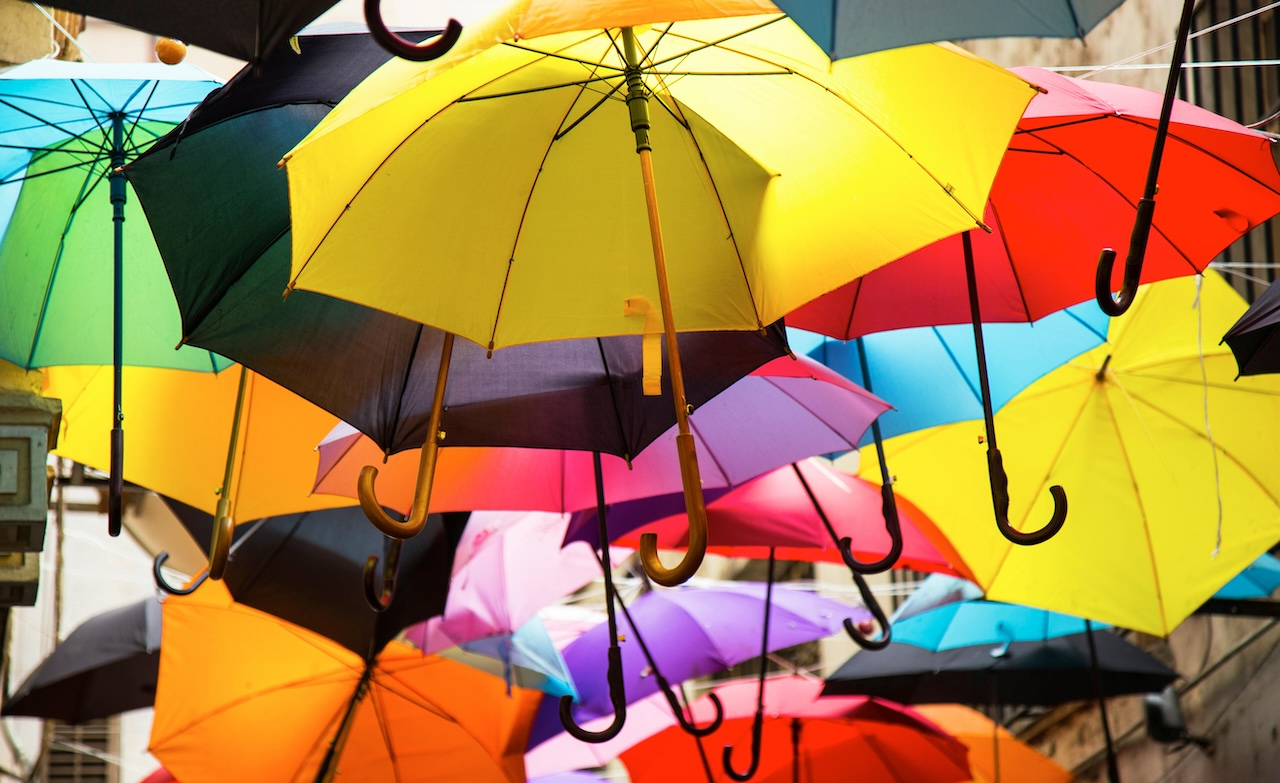
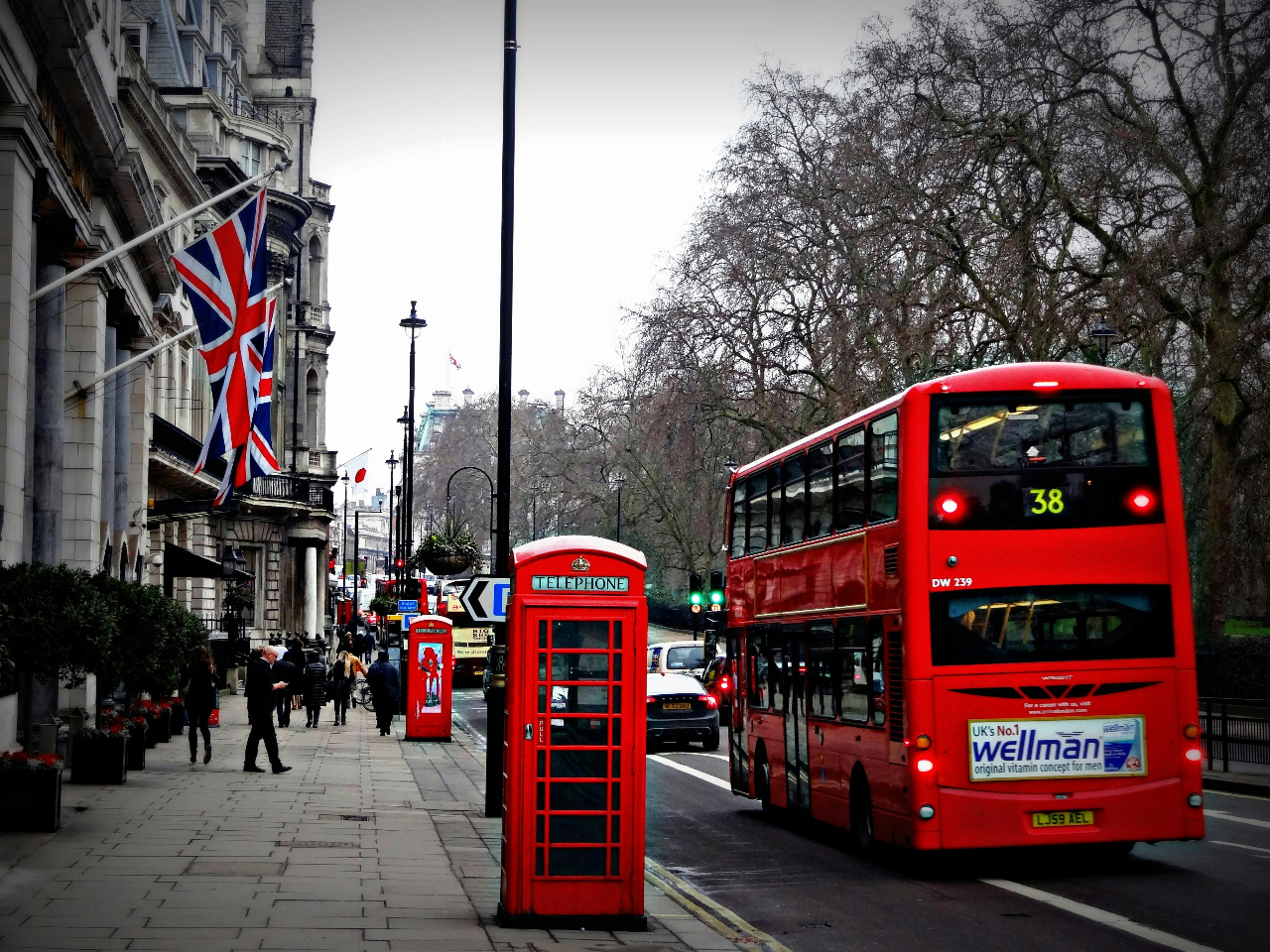
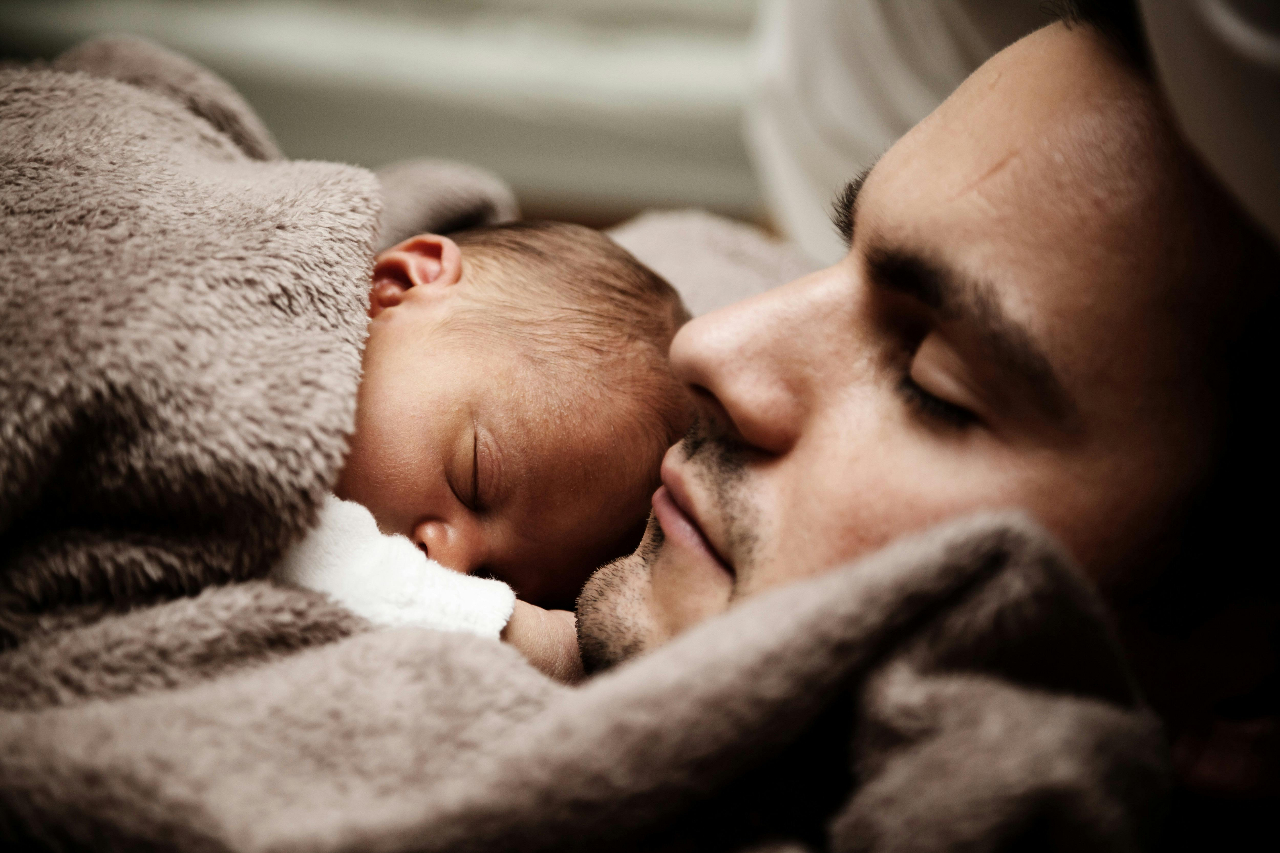
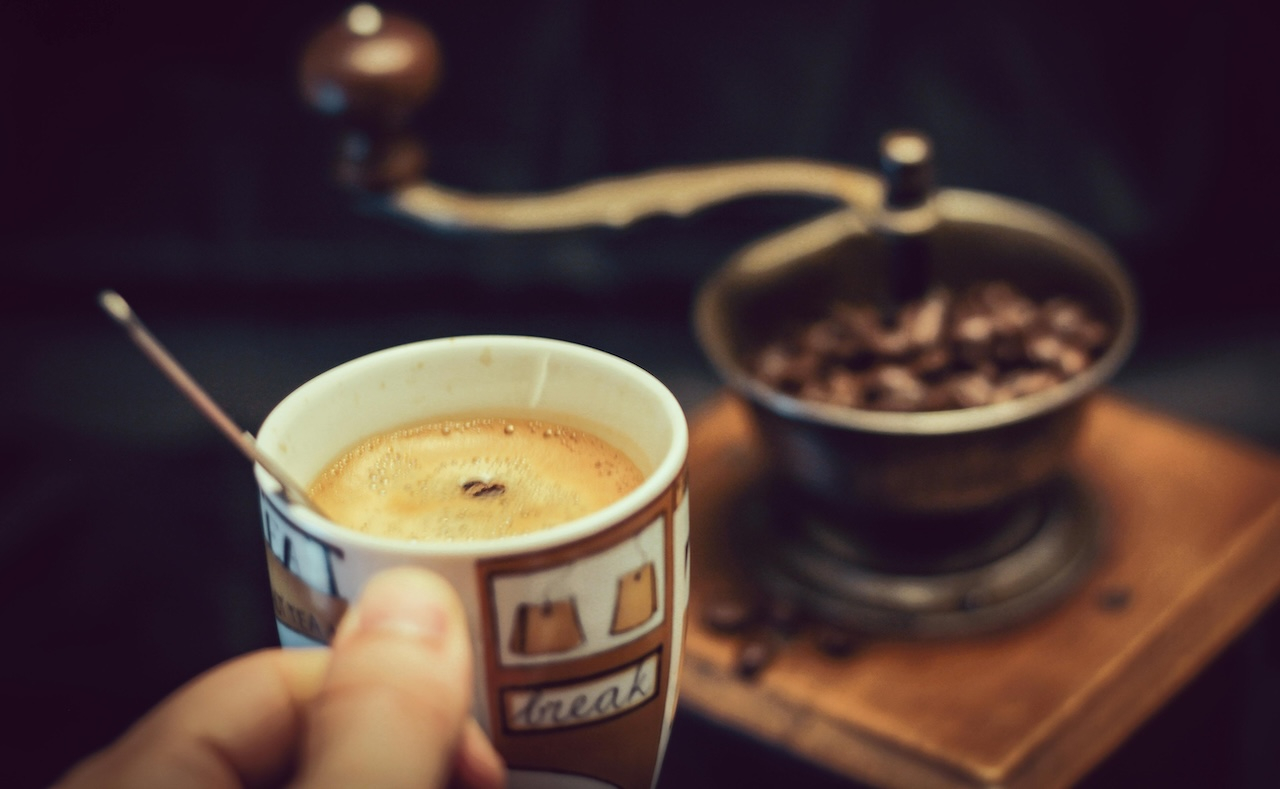
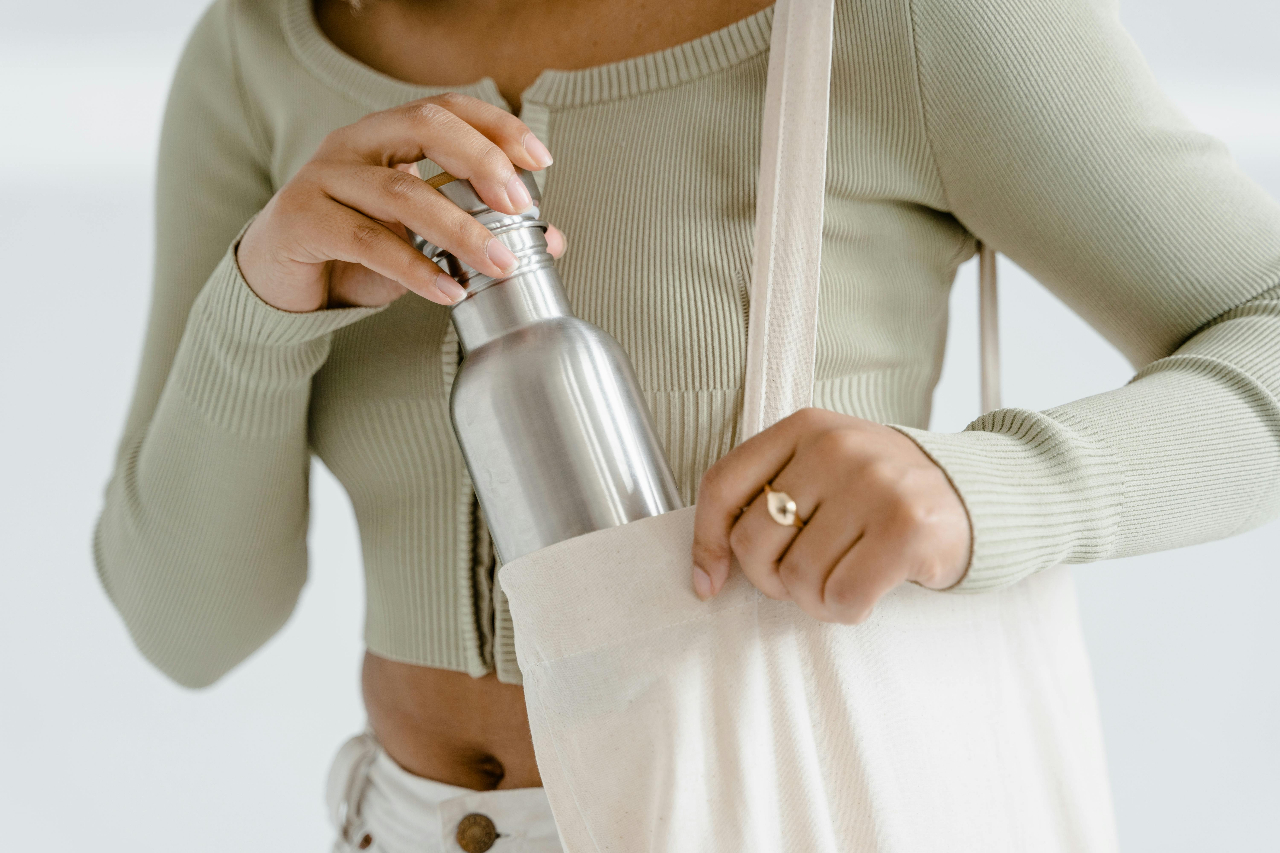
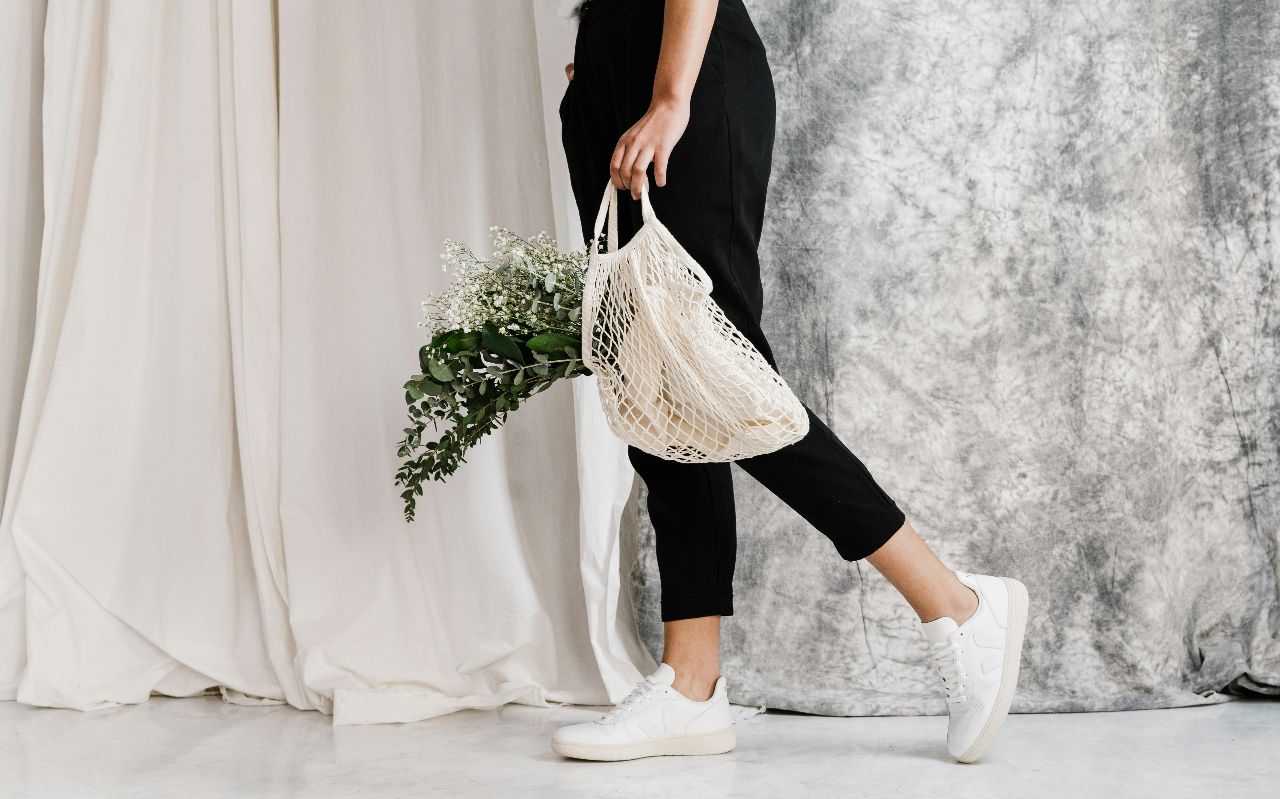
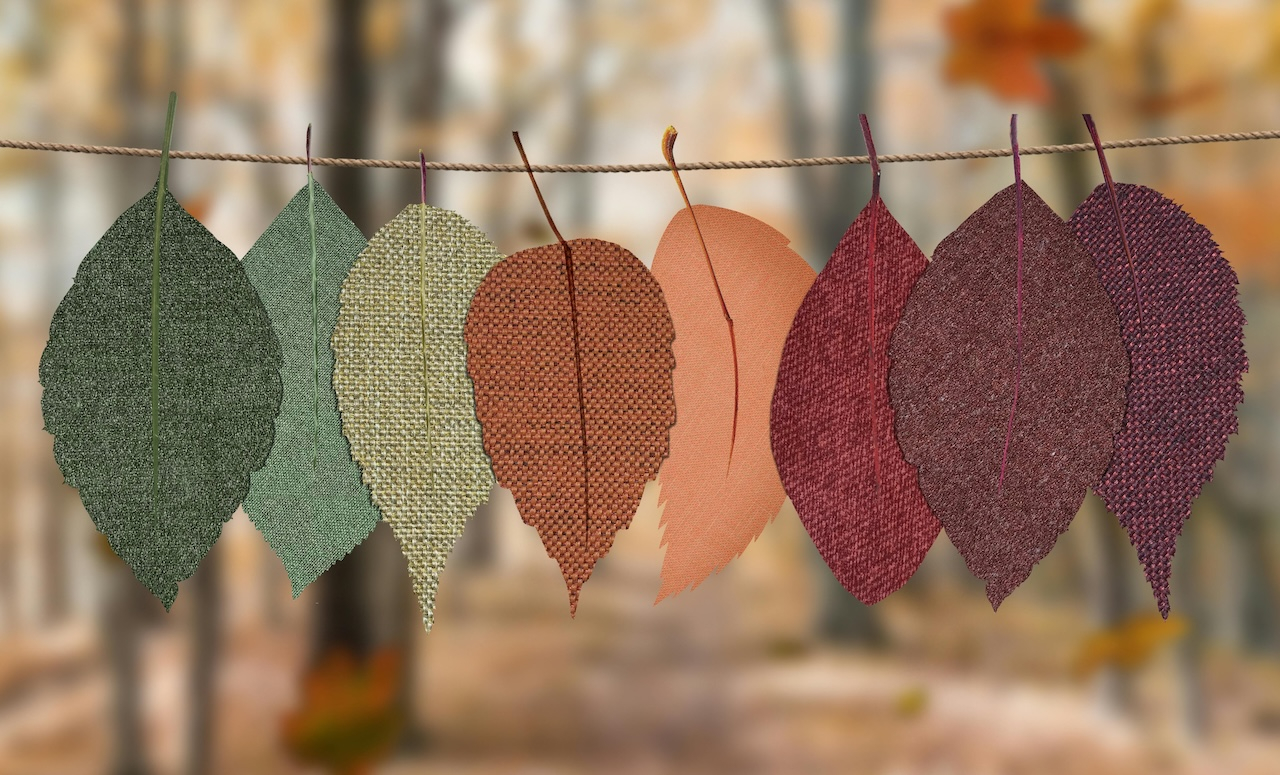
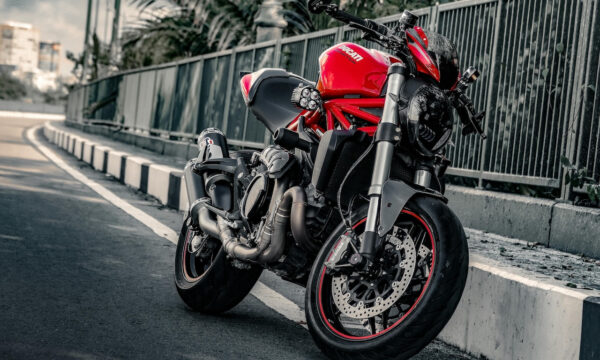


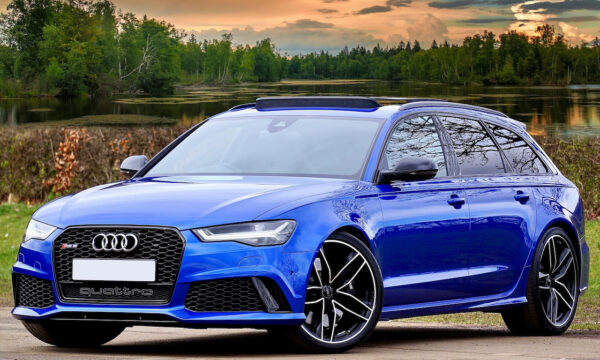
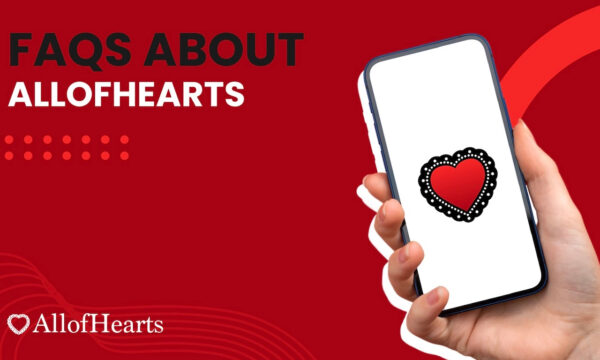

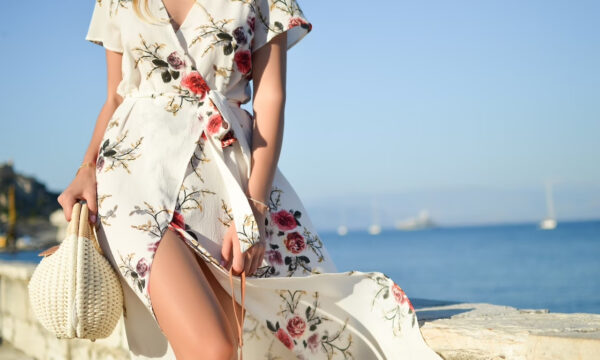



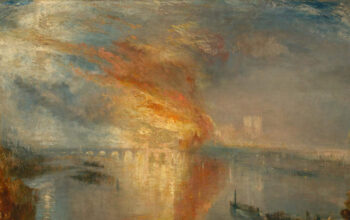

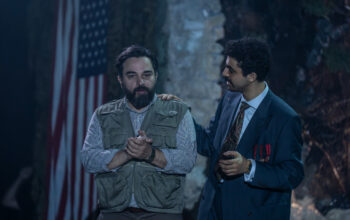
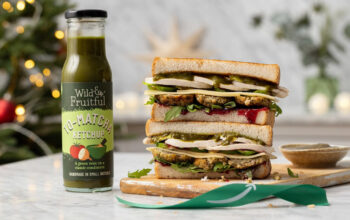
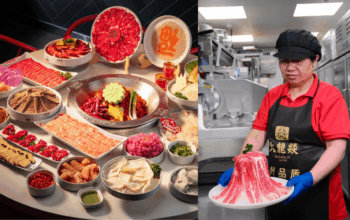


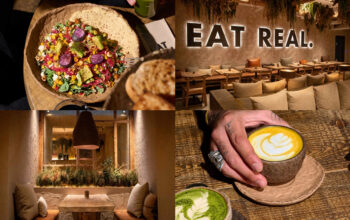
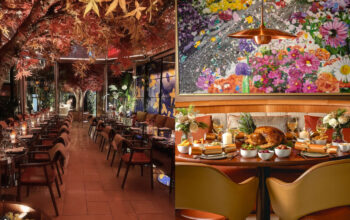





Facebook
Twitter
Instagram
YouTube
RSS